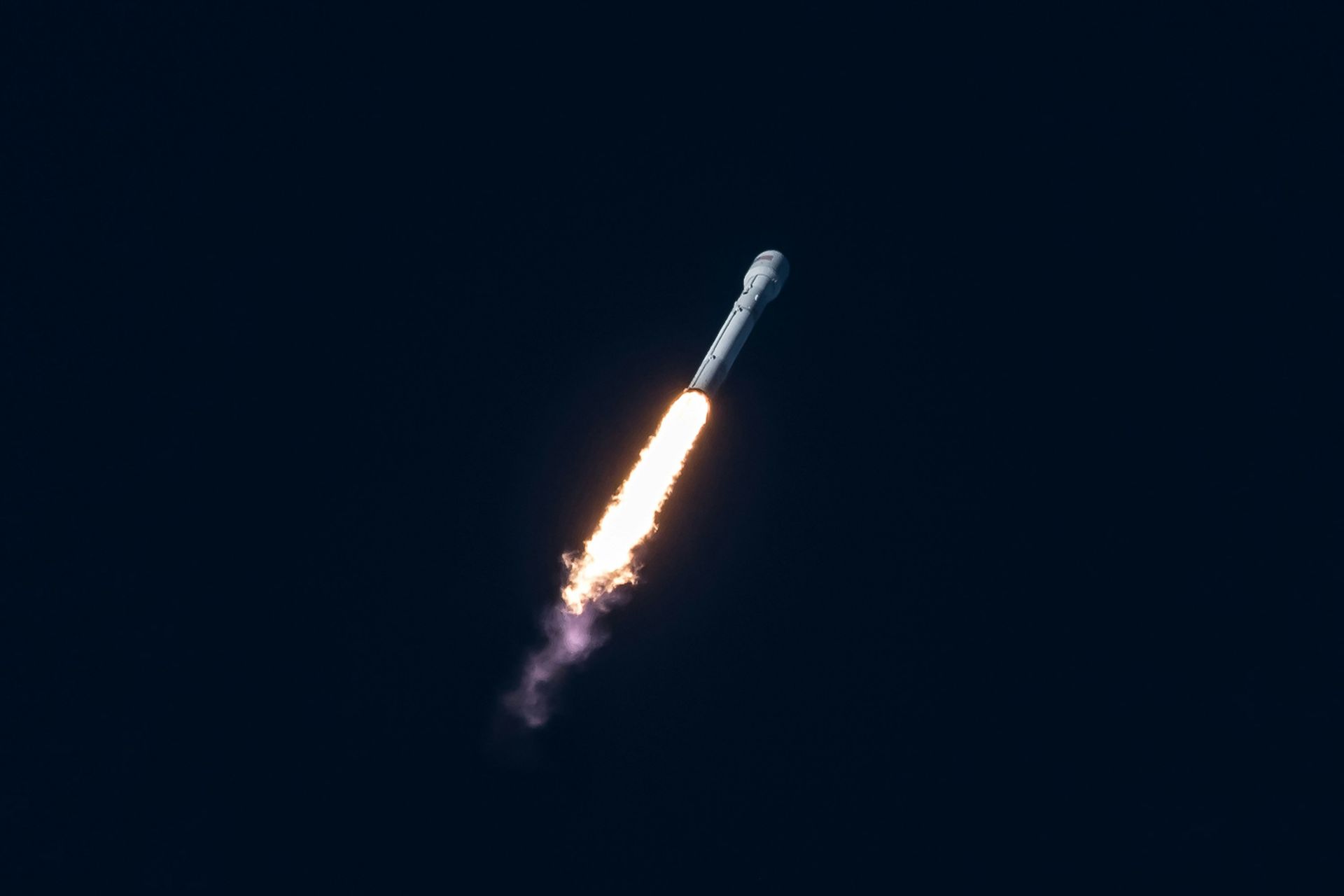This SpaceX failure will cause trouble for Elon Musk. SpaceX encountered a notable setback during the Starlink 9-3 mission launched from Vandenberg Space Force Base. The mission aimed to deploy 20 Starlink satellites, crucial for expanding global internet coverage but faced unexpected challenges during the rocket’s second-stage burn.
This incident marks SpaceX’s first in-flight failure of a Falcon 9 rocket since 2015, highlighting the inherent risks and complexities of space missions. Previous incidents, such as the 2015 Dragon cargo resupply mission failure and the 2016 launch pad explosion, underscore the challenges of maintaining reliability in spaceflight operations.
How did the SpaceX failure happen?
The Starlink 9-3 mission commenced as scheduled at 7:35 p.m. PDT, with the Falcon 9 rocket lifting off effectively. Initial phases of the mission appeared nominal as the rocket ascended towards orbit.

Approximately 52 minutes into the mission, during the critical burn of Falcon 9’s second stage, unusual ice accumulation around the Merlin Vacuum engine was detected. This buildup was visible in camera views from the rocket and raised concerns among mission controllers.
Soon after, SpaceX founder Elon Musk confirmed via social media that an “engine RUD,” or Rapid Unscheduled Disassembly, had occurred. This term is typically used to describe a catastrophic failure of the rocket’s engine system. Engineers are investigating the root cause of the SpaceX failure, which involved unusual ice buildup around the Merlin Vacuum engine.
We’re updating satellite software to run the ion thrusters at their equivalent of warp 9.
Unlike a Star Trek episode, this will probably not work, but it’s worth a shot.
The satellite thrusters need to raise orbit faster than atmospheric drag pulls them down or they burn up.
— Elon Musk (@elonmusk) July 12, 2024
Payload deployment and orbital challenge
Despite this SpaceX engine failure, the Falcon 9 successfully deployed the batch of 20 Starlink satellites into orbit. However, due to the anomaly during the second stage burn, the satellites were deployed into a lower-than-planned orbit. Initial estimates suggested a perigee (lowest point in orbit) of approximately 138 km, significantly lower than the intended 286 km. This lower orbit poses risks, as atmospheric drag could potentially pull the satellites down prematurely if their orbits are not adjusted promptly.
Following the deployment, SpaceX initiated contact with the deployed satellites. As of the latest updates, communication has been established with five of the satellites. However, the challenge remains to raise their orbits to ensure long-term operational stability. Elon Musk mentioned potential software updates to optimize the use of ion thrusters onboard the satellites, a crucial step to counteract the effects of atmospheric drag and stabilize their orbits.
Stay tuned for further updates as SpaceX engineers work towards resolving the implications of the Starlink 9-3 mission anomaly and restoring full functionality to the deployed satellites.
Featured image credit: SpaceX/Pexels





